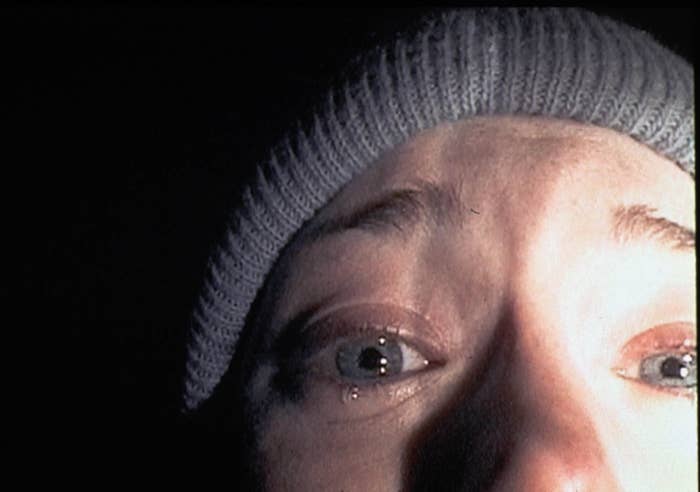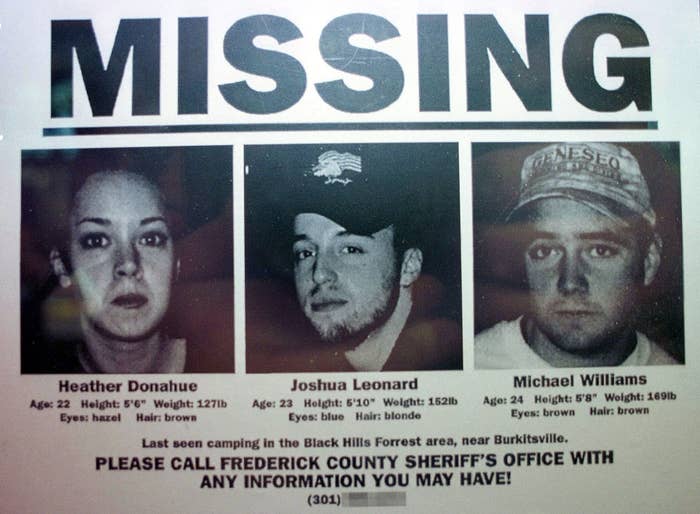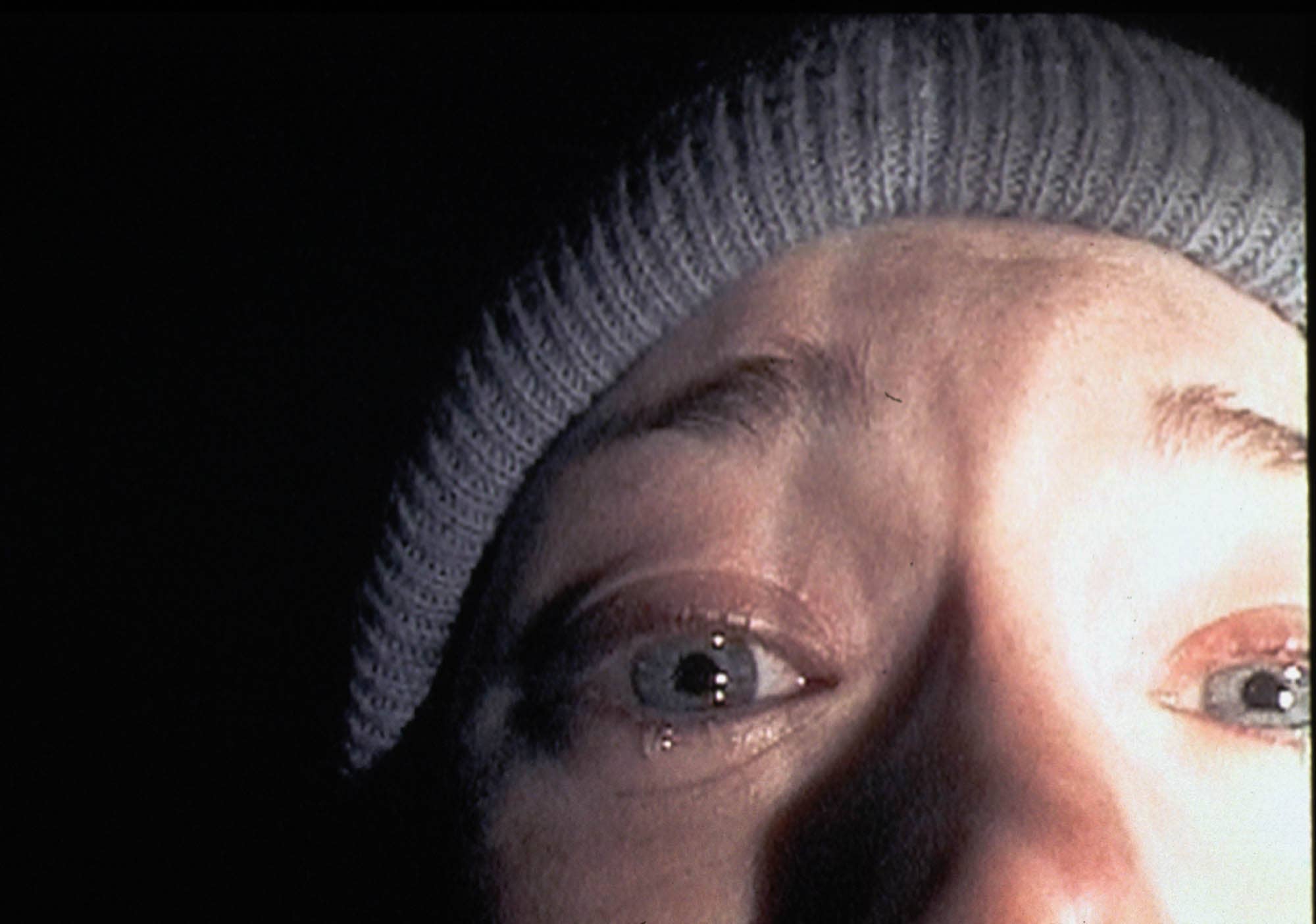
Twenty years ago, just as digital media began cracking through its cocoon, on a brisk October afternoon three friends took to the Maryland boondocks with efforts to create a documentary about a witch who’s legend had plagued the neighboring town. They all went missing shortly after and the only evidence left behind was the handheld camera used to record everything that happened. When amateur filmmakers Derek Myrick and Eduardo Sánchez brought this found footage to the Sundance Film Festival, the audience sat terrified as the directors presented the trios' missing posters along with it. This was seemingly a gruesome tragedy dressed as cinema, except the events the footage captured weren’t real.
The tale The Blair Witch Project told as a found footage style film in 1999 catapulted the horror subgenre into mainstream pop culture. Using then-unknown actors, lots of improv acting and an entirely fictitious website that featured fake interviews with townspeople made The Blair Witch Project even that much more believable and terrifying. This was not the first time this style of storytelling found its way into the horror genre, but it was the first time it received this much critical acclaim (we even ranked it as the best horror movie of 1999). The film—made on a budget of $60,000 that brought in $250 million worldwide—caught the audience’s attention by forcing us to live vicariously through whoever was holding the camera. We got a front-row seat to the party, becoming an unwanted passenger who discovers the horrors at the exact same time as the cast. Jump scares only work because a director can take a sense away from us subtlety before aggressively returning it. A slow camera pan with no sound makes us inadvertently listen closer, just to feel a jolt of fear when the sound is abruptly brought back. What The Blair Witch Project did perfectly was never giving viewers the entire frame to analyze what was going on. It exploited the ability to catch us off guard without succumbing to the common horror movie tropes of cheap surprises.

Many found footage horror movies road the wave that The Blair Witch Project created—most notably films like Paranormal Activity, Cloverfield and As Above, So Below, which were released years later. These films followed the Blair Witch blueprint, including a mock website and additional “found” footage in their rollouts to convince its audience it was real before the movie was released.
Just as fast as it was discovered, the subgenre lost the magic it had once captured. The Blair Witch Project could never be recreated. There was an attempted sequel to the classic, released as a surprise during Comic-Con 2016 which followed the brother of one of the original main characters who found the video they left behind now on Youtube and attempts to find his sister, but—SPOILER ALERT—the movie is trash. What made found footage and The Blair Witch Project exciting was that, despite your better judgment, even the smallest part of you remained captivated in this shakily-shot world you were in. It made you believe in it. Even movies like J.J. Abrams’ popular Cloverfield, which followed a group of friends capturing the destruction of New York City at the hands of a mysterious monster from the ground, still have entire websites dedicated to theories and lore trying to connect it to later movies 10 Cloverfield Lane and Netflix original The Cloverfield Paradox.
Found footage movies tap into a different type of fear, a visceral fear. You’re afraid because it feels like you're holding the camera. Therefore, it requires you to be fully present and invested in the entire story since it feels like it's yours. With media now flooded with digital content, it feels like there's no desire to be strapped in for that ride anymore.

Horror is malleable, it has to be in order to adapt to what new things scare us. While the classic slasher and paranormal flicks will always maintain stain, horror is now leaning more towards psychological and satirical themes—Jordan Peele's Get Out eclipsing The Blair Witch Project's record for highest-grossing debut for a writer-director based on an original screenplay—or Ari Aster's Hereditary. In a smartphone era, found footage has now shifted to put our newfound fears of privacy invasion from the lens of a surveillance camera on full display. Films like Searching and 13 Cameras are reflective of this. This looks to be the next step in found footage’s natural evolution. Efforts to make the older style to fit modern times haven’t worked, forgettable films like Unfriended are a testament of this.
So should found footage stay lost?
In a world of serial reboots (Chris Rock heading the Saw reboot) maybe the terror that lost tapes once had will return. Now 20 years later, it can be confirmed that The Blair Witch Project wasn't lighting in a bottle, but also not something that can ever be perfectly replicated. However, despite its decline in the eyes of mainstream horror, if I found a camera during a hike, I am NOT picking it up to see what’s on it.

